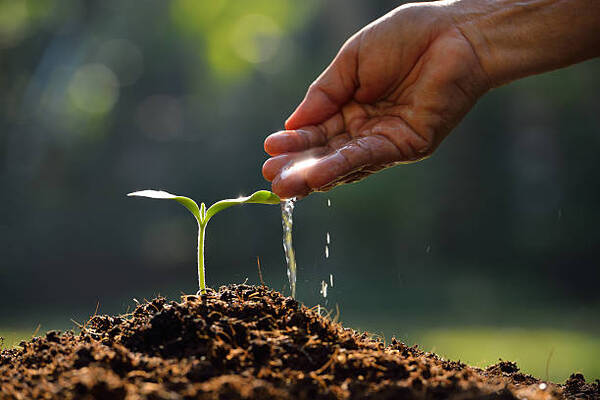- 1-905-452-8193
- Contact Us
- Member Login
- Get Listed Today
- 220,911 members

Did you know that trees need as much water as any other landscape plant? They often require more water than most other plants. Trees are so big and have such a large root system that they can quickly use up the water in the soil. This is why tree lopping Sydney experts recommend that you water your trees regularly and deeply.
But how often should you water your trees? And how much water do they need? These are great questions. Keep reading to learn the answers to these questions and more in our expert tips for watering your trees effectively.
Water your trees deeply and slowly
When you water your trees, you want to make sure that you're giving them a deep watering. This means that you should water them slowly so that the water has time to soak down into the root system. A good rule of thumb is to water your trees for about 30 minutes per week.
Water in the morning
The best time to water your trees is in the morning before the heat of the day sets in. This gives the water time to soak into the roots before it evaporates. Plus, it helps prevent diseases like powdery mildew and leaf spot.
Don't overwater
While it's important to give your trees a deep watering, you don't want to overwater them. This can lead to problems like root rot and fungal diseases. So, make sure that you're not watering your trees more than they need.
Use the right amount of water
How much water your trees need will depend on several factors, including the type of tree, the size of the tree, and the climate. In general, most trees need about 10 gallons of water per week. However, this may vary depending on the conditions.
Check the soil before watering
Before you water your trees, it's a good idea to check the moisture level in the soil. You can do this by sticking your finger into the soil near the tree. If the soil is dry, then it's time to water. If the soil is moist, then you can wait a bit longer before watering.
Use mulch
Mulch is a great way to help retain moisture in the soil and protect the roots of your trees. It also helps prevent weeds from growing near the tree. When applying mulch, be sure to keep it away from the trunk of the tree.
Fertilize your trees
Fertilizing your trees can help them stay healthy and strong. However, you should only fertilize them if they need it. You can tell if your trees need fertilizer if they're not growing as quickly as they should be, or if the leaves are yellowing.
Prune your trees
Pruning your trees can help them stay healthy and strong. It also helps promote new growth. When pruning, be sure to remove any dead or damaged branches.
Inspect your trees regularly
It's a good idea to inspect your trees regularly for signs of stress or damage. This way, you can address any problems early on. Some common signs of stress include wilting leaves, branch dieback, and leaf scorch.
Protect your trees from pests
Pests can cause serious damage to your trees. To protect your trees from pests, be sure to inspect them regularly for signs of infestation. Some common signs of pests include holes in the leaves, chewed branches, and sticky sap.
Protect your trees from diseases
Diseases can also cause serious damage to your trees. To protect your trees from disease, be sure to inspect them regularly for signs of infection. Some common signs of the disease include discoloured leaves, wilting branches, and fungal growth.
Be careful when using chemicals
Chemicals can be harmful to your trees if they're not used properly. When using any type of chemical near your trees, be sure to follow the instructions carefully.
Hire a professional tree service
If you're not sure how to care for your trees, or if you're having problems with them, you may want to hire a professional tree service. A professional tree service can help you with all aspects of tree care, from watering to fertilizing to pruning.
Keep an eye on the weather
The weather can have a big impact on your trees. Extreme temperatures and severe weather can cause stress or damage to your trees. So, it's important to keep an eye on the forecast and take steps to protect your trees when necessary.
Learn as much as you can
The best way to keep your trees healthy and strong is to learn as much as you can about tree care. Read books, talk to experts, and attend workshops. The more you know about tree care, the better you'll be able to care for your trees.
